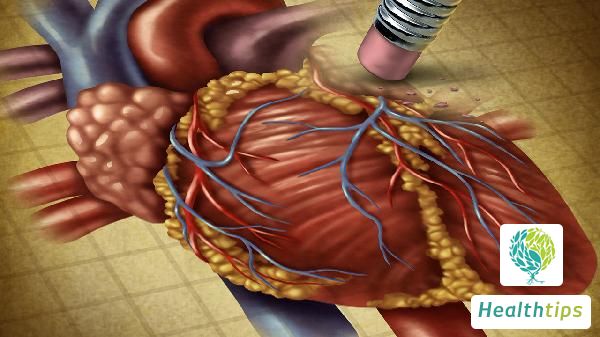"What Causes Lips to Turn Purple?"
Purple lips can be indicative of localized issues or systemic illnesses. Understanding the causes aids in finding the correct treatment approach.

1. Localized Causes:
Purple lips are sometimes caused by localized issues. The most common example is cheilitis. Cheilitis can cause dry, peeling, or cracked lips, which upon healing may leave pigmentation, making the lips appear dark or purple. Cheilitis is often triggered by excessive sun exposure, allergic reactions, or infections. For this scenario, it's best to consult a mucosal specialist, who can provide appropriate treatments such as creams or oral medications.
2. Respiratory System Issues:
Respiratory illnesses like asthma, chronic obstructive pulmonary disease (COPD), or pneumonia can lead to oxygen deficiency in the body. If there's insufficient oxygen in the blood, lips may turn bluish-purple. This condition is often accompanied by dyspnea, coughing, or chest pain. If you suspect respiratory issues are causing purple lips, immediate medical attention is crucial. Doctors will conduct thorough examinations and treatments.
3. Cardiovascular System Issues:
Cardiovascular diseases, especially heart conditions, can also lead to purple lips. When the heart cannot pump blood effectively, certain body parts, including lips, may experience oxygen deficiency. This may be accompanied by chest pain, palpitations, or fatigue. Seeking medical attention promptly if experiencing these symptoms can help prevent severe cardiovascular events.
4. Cold Environments:
In cold environments, blood vessels constrict to conserve body heat, which can cause lips to turn purple. This condition is usually temporary, and lip color returns to normal upon returning to a warm environment. To avoid this, wear a mask or scarf to protect lips during cold weather.
5. Anemia:
Anemia refers to an insufficient number of red blood cells in the body, resulting in decreased oxygen-carrying capacity in the blood. Purple lips can be a symptom of anemia, especially in severe cases. Anemia may also be accompanied by fatigue, dizziness, or pale skin. Blood tests can confirm anemia, and doctors may recommend iron supplements or other treatments.
6. Drug Side Effects:
Certain medications can cause purple lips, particularly those affecting blood circulation or oxygen transport. If you experience purple lips after starting a new medication, consult your doctor to determine if medication adjustment is necessary.
7. Other Systemic Diseases:
Some systemic illnesses, such as diabetes, liver disease, or kidney disease, can also lead to purple lips. These conditions often present with other notable symptoms. Timely medical attention helps diagnose and treat these diseases.
Purple lips can stem from various causes, ranging from simple localized issues to complex systemic illnesses. If you notice purple lips, observe for accompanying symptoms first and seek medical attention promptly if necessary to identify the exact cause and receive appropriate treatment. By being informed, you can better safeguard your health.



















